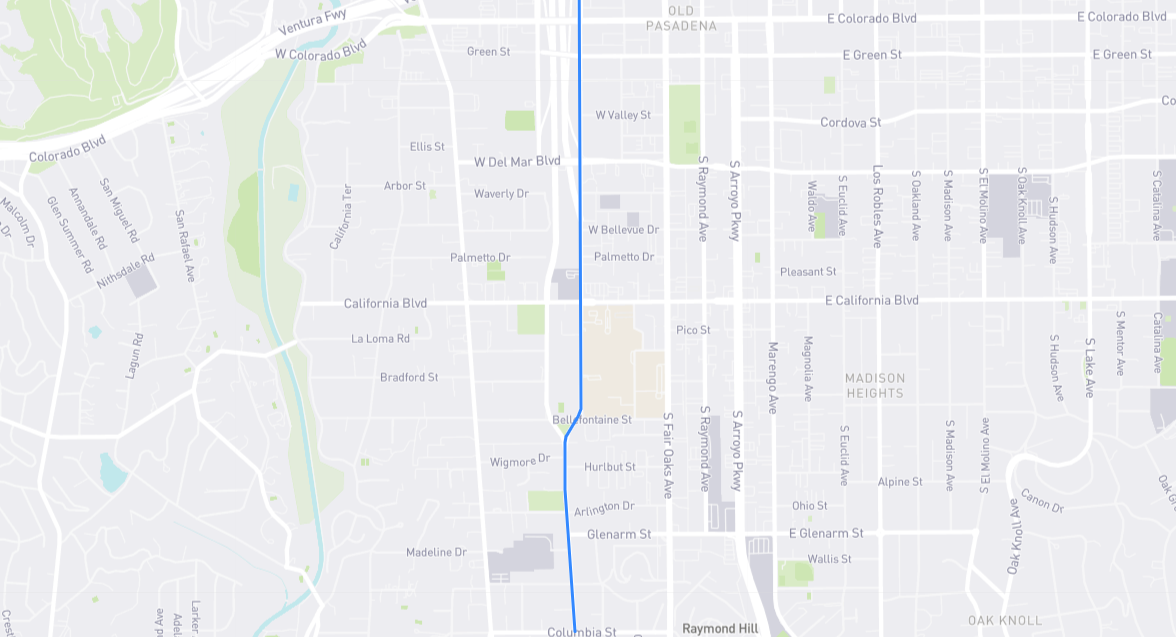Back in 1874, the settlement that would become Pasadena had the working title of “Indiana Colony” as its core founders hailed from Indianapolis. When the time came to name a post office and thus the town, those founders considered – then nixed – “New Grenada”, “Indianola”, “Muscat”, and “Kleikos”(!). Ranchero Manuel Garfias, former owner of Rancho San Pascual, where the new town lay, called his home la llave del rancho – “key of the ranch” – which inspired the colonists. Because they found “llave” hard to spell and pronounce, they sought instead a catchy Native American term for “key of the valley”. Enter Rev. George Nelson Smith (1807-1881), a Vermont-born missionary who had been based in Michigan since the 1830s and knew the Ojibwe/Chippewa people so well that he translated the Bible into their language. He submitted Tá pe ká e gun–Pâ-sâ-de-ná for “Key of the Valley”. His other suggestions, for Crown, Peak, and Hill of the Valley, all ended in “Pâ-sâ-de-ná” as well. So the founders just went with that. Now how did the good reverend, living way out in Northport, MI, come to name a California town? I believe colony president Dr. Thomas B. Elliott (1824-1881) wrote back home to Indianapolis journalist Eli Cromwell Tuttle (1842-1925) for help. Presumably he was friends with Tuttle and knew that Tuttle’s father-in-law, Rev. Smith, was versed in native languages. Smith’s letter with the “Pâ-sâ-de-ná” suggestions was addressed to “Son Tuttle”, so Tuttle was obviously involved. Some reports suggest that Dr. Elliott had gone to college with Smith – but with a 17 year gap between their ages, I wouldn’t count on that.
Find it on the map:

